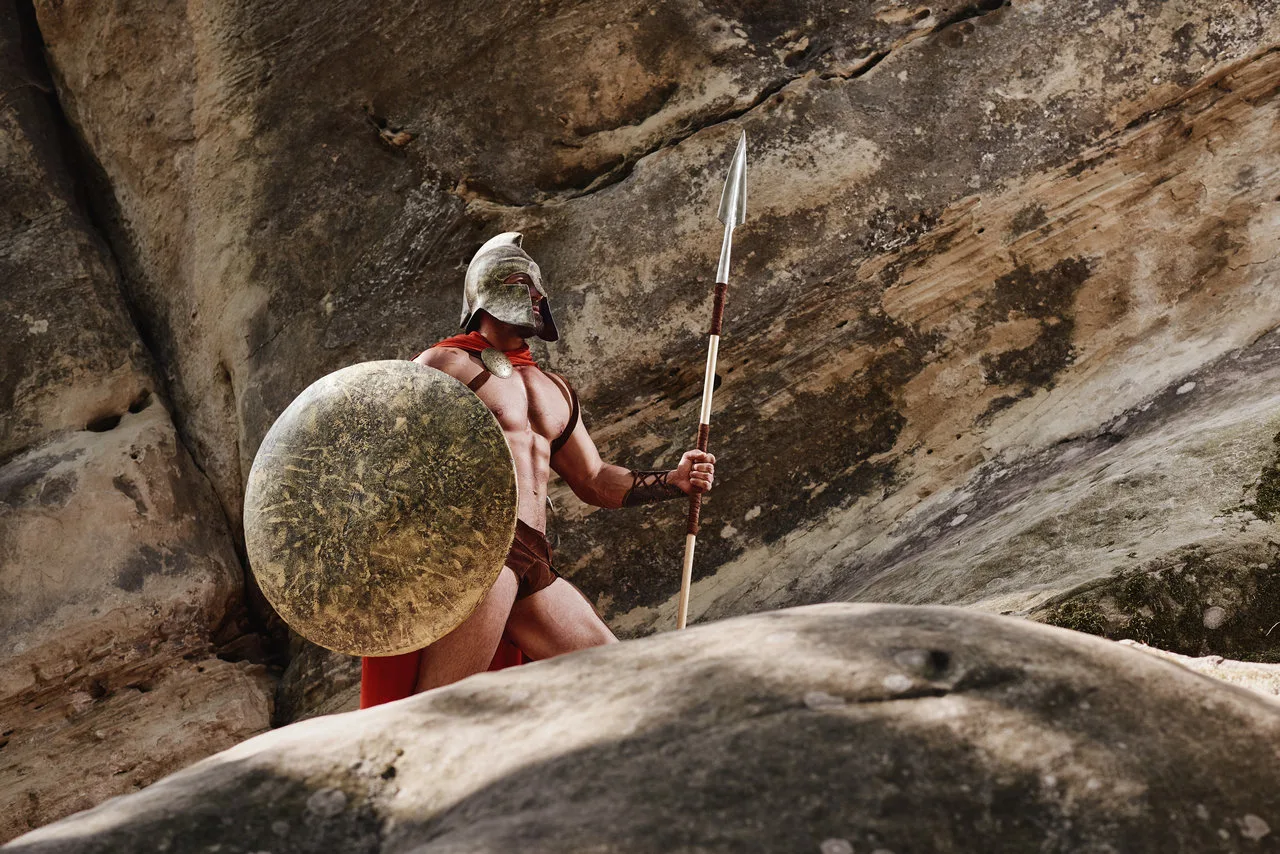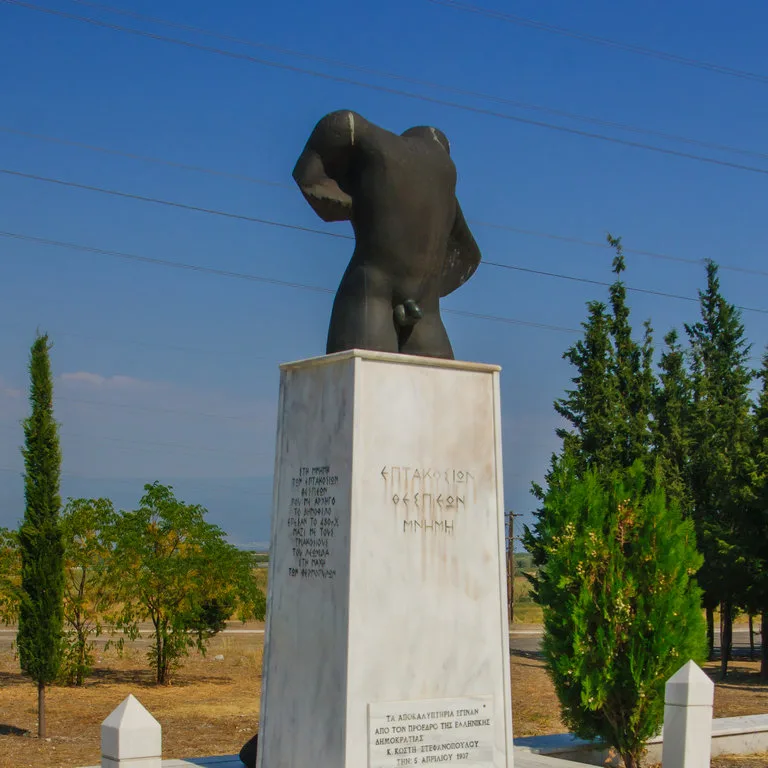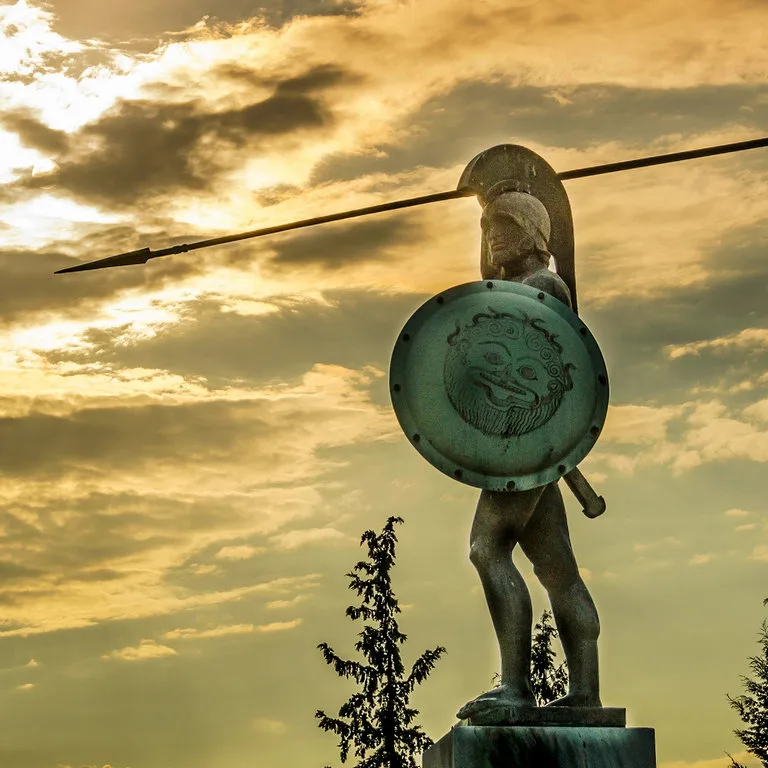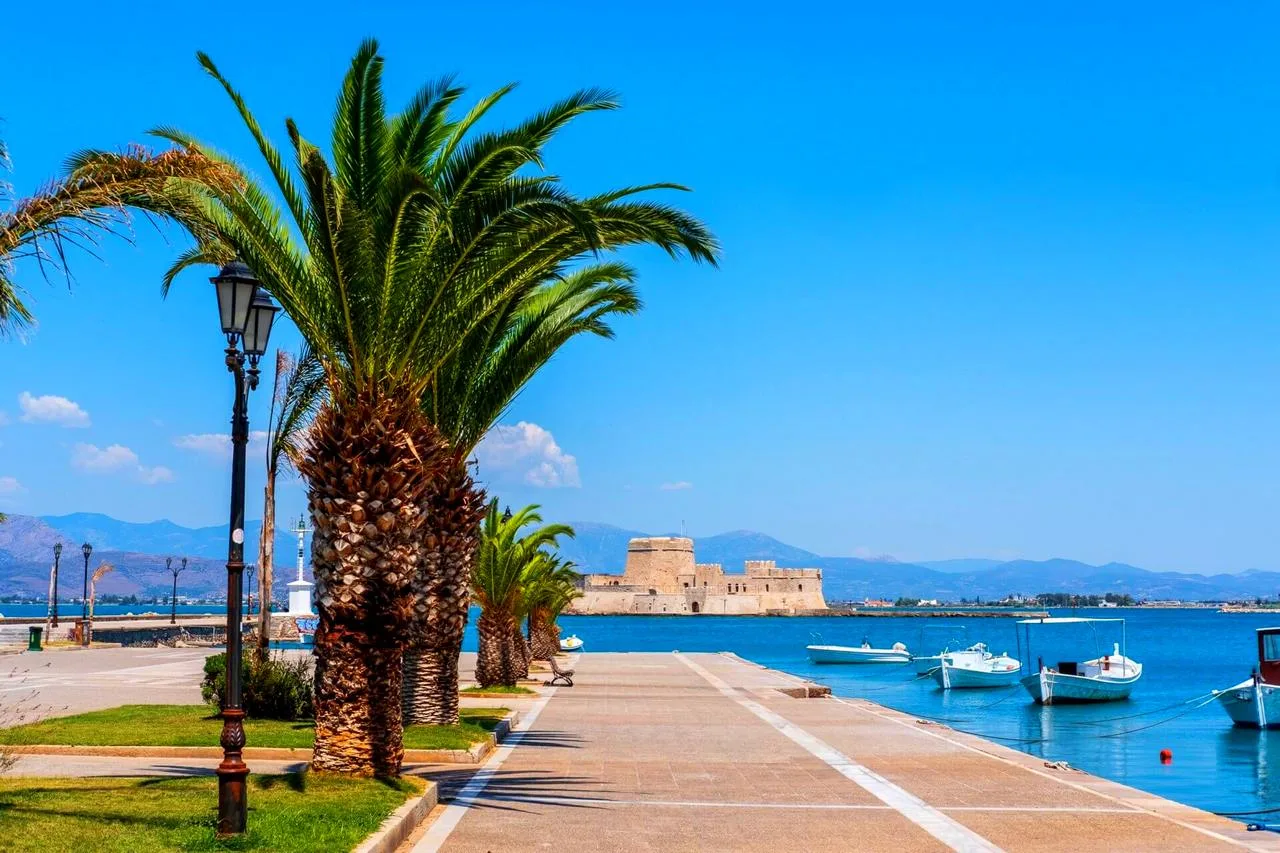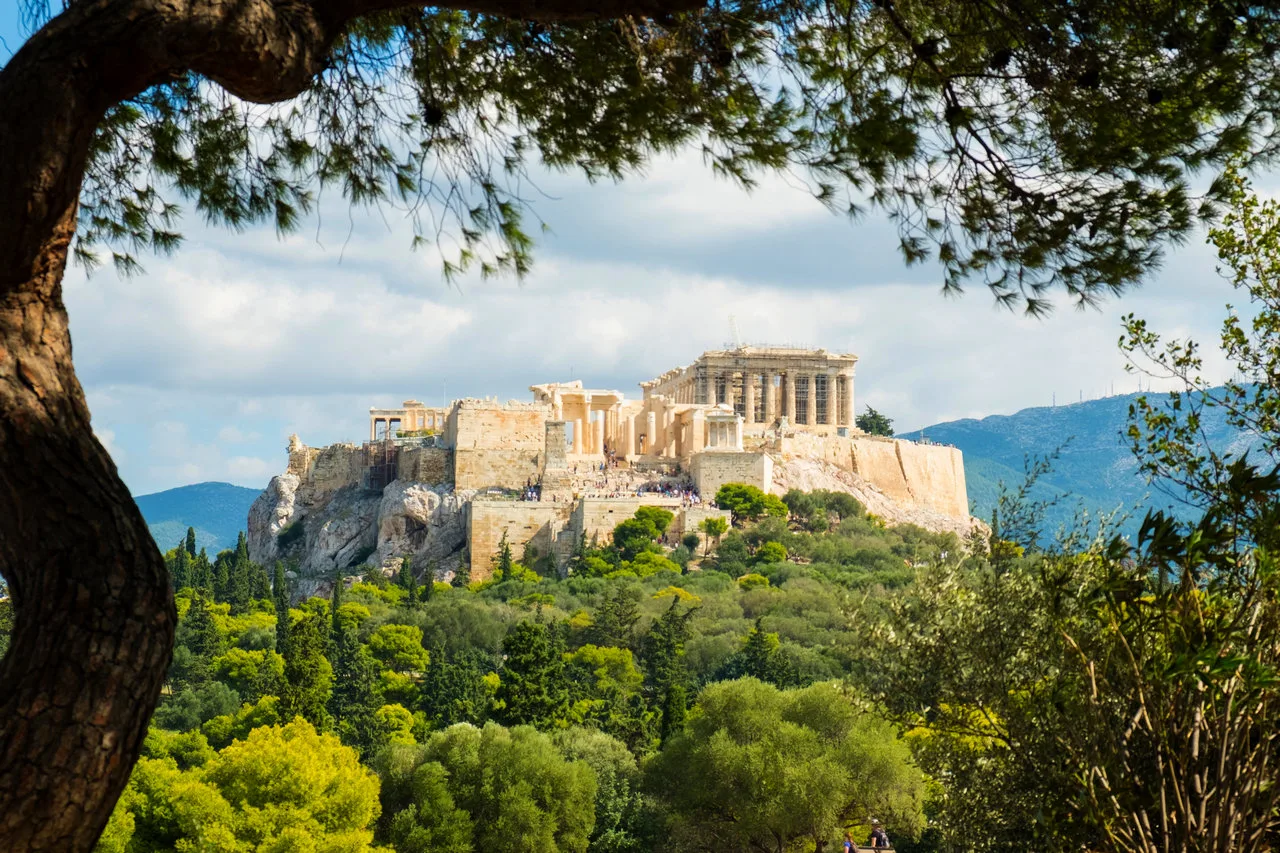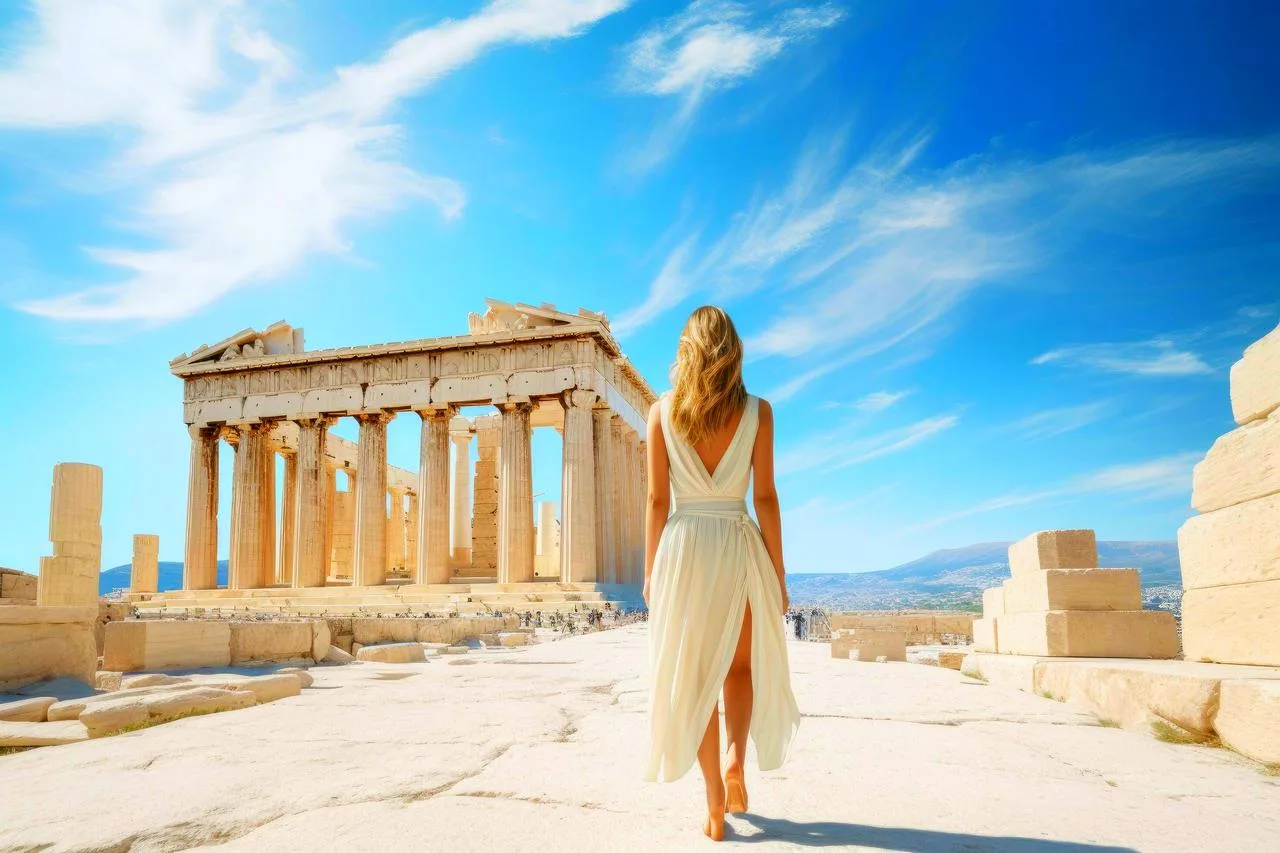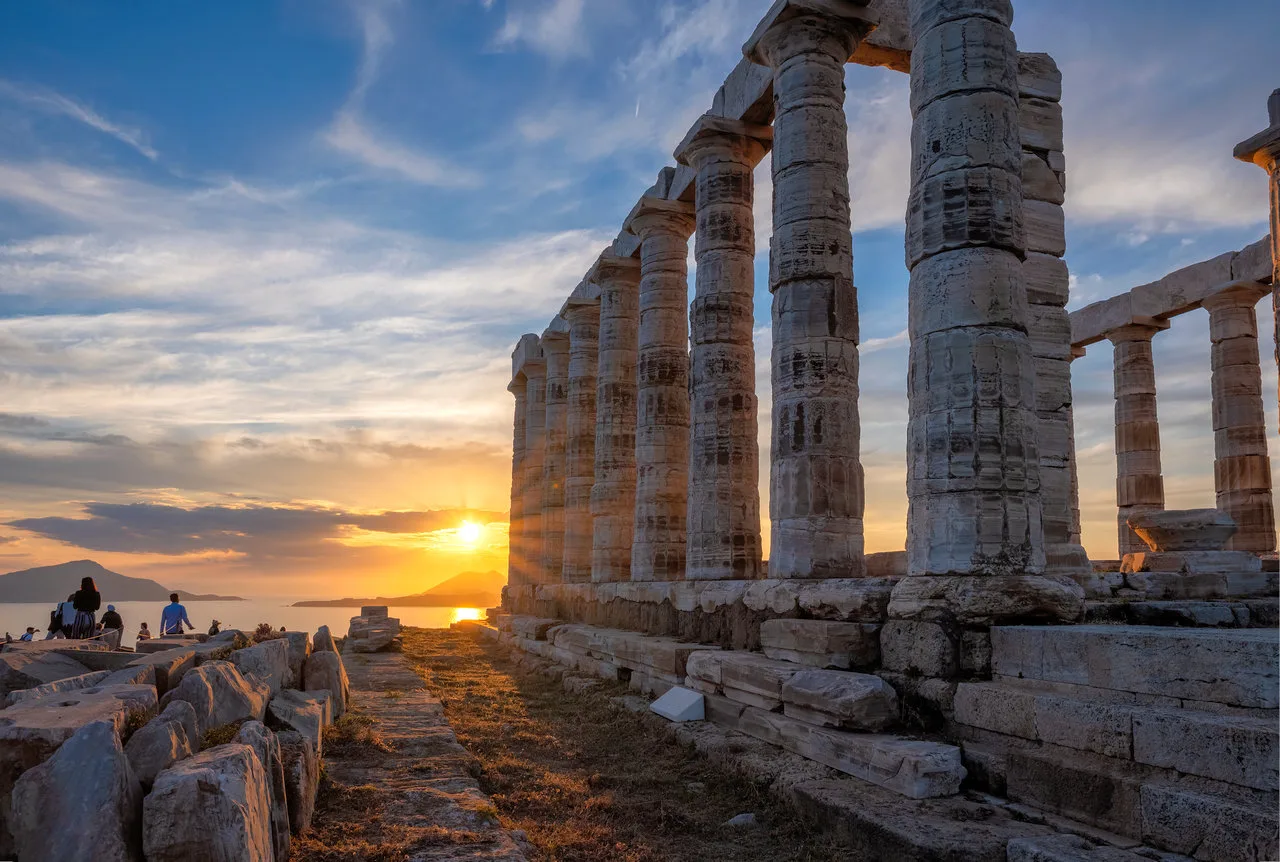Inspiring Thermopylae and the 300 Spartans private tour
Experience an unforgettable 8-hour private tour that takes you on a journey through the legendary battlefield of Thermopylae, where the brave 300 Spartans made their heroic stand against the mighty Persian army. This inspiring tour will take you back in time and allow you to witness the incredible courage and sacrifice of these ancient warriors. As you explore the sacred grounds of Thermopylae, you’ll be reminded of the timeless values of bravery, selflessness, and the unwavering commitment to one’s beliefs.
Highlights of the Thermopylae Private Tour:
- Visit the historic battlefield of Thermopylae, where the epic battle took place in 480 BC.
- Pay your respects at the monument dedicated to King Leonidas and the 300 Spartans who fought valiantly until the end.
- Discover the monument honoring the 700 Thespians who stood alongside the Spartans in their final moments.
- Explore the Kolonos hill, where the Spartans made their last stand while protecting the body of their fallen King.
- Experience the rejuvenating hot springs that give Thermopylae its name, which translates to ‘hot gates’ in English.
- Gain a deeper understanding of the battle and its significance at the Thermopylae’s Innovative Centre of Historical Information.
- Enjoy a Greek cuisine lunch in the seaside town of Kammena Vourla.
- Experienced English-speaking tour driver who will share fascinating insights and stories about this pivotal moment in history

